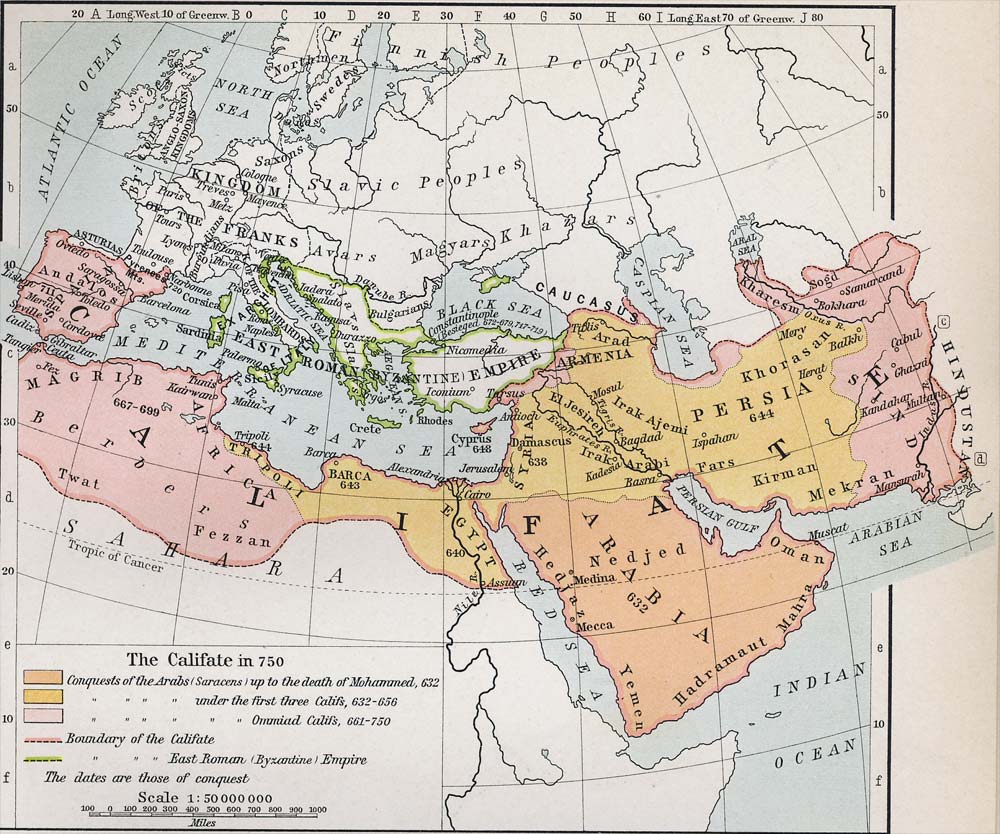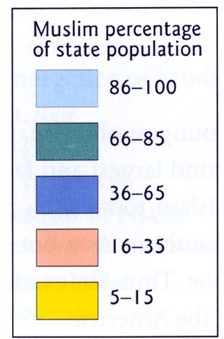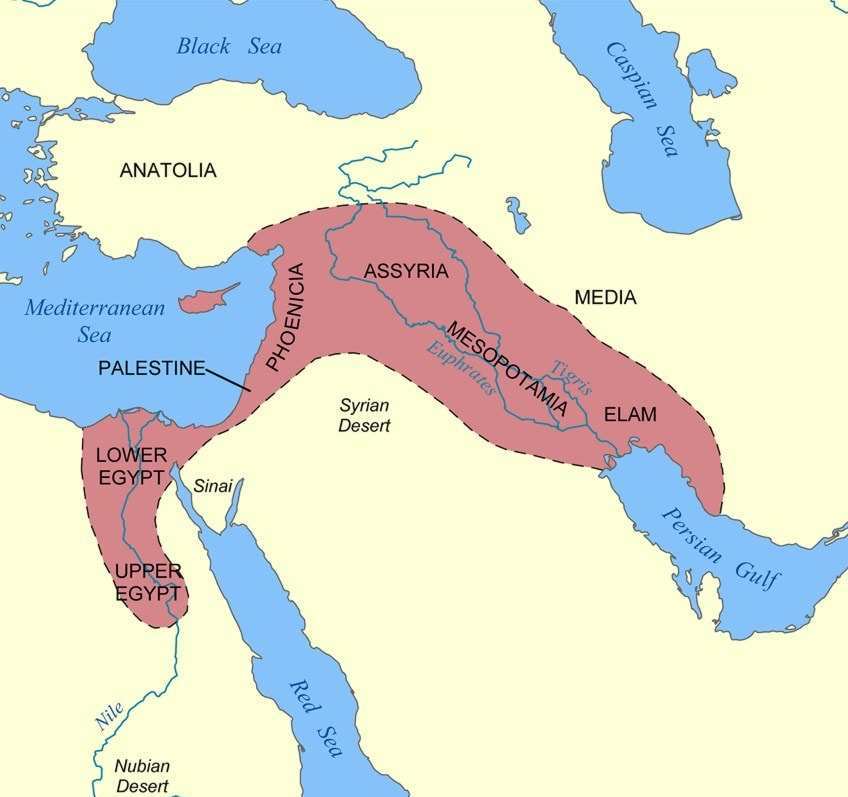Muslim region
Islam originated from the Arabian Peninsula when Prophet Muhammad established the religion in the 7th century. His successors established a large empire by conquering neighboring countries. Although the empire had ended, today there are Muslim-majority countries in Africa, Asia, and Europe. In Europe, only a small number of countries such as Albania and Kosovo are Muslim-majority and their population is relatively small. These countries will be discussed in the Europe page. Also, a small number of Indo-Pacific countries are Muslim-majority. Their history and culture are different from those in the Arab-conquered areas. These countries will be discussed in the Asia page. On this page, we plan to focus on the Arab-conquered areas.
The Arab-conquered areas consist of many present-day countries. It should be noted that some of these countries and their boundaries were established recently for political purposes. In ancient times these countries either did not exists or their boundaries were very different. Below is a map of the Arab-conquered areas during 750 CE:

Below is map of roughly the same areas showing present-day countries:


In our study of the Arab-conquered areas, we separate the historic periods into (1) pre-Islamic period, (2) Arab conquers, (3) Mongolian conquers, and (4) modern period.
(1) Pre-Islamic Period
Water is a vital resource for humans. Early humans did not have good means of transportation. Thus early societies settled at the land near water so as to sustain various aspects of life including drinking water, irrigation, trade, and travel. There are two major river systems in the Arab-conquered areas. The first system is in Mesopotamia. The second system is in Egypt. These water systems nurtured two of the oldest civilizations in the world. Below is a map of these water systems.

As time went by, other regions also developed civilization. An important region is in areas around the Iranian Plateau. A portion of the region became the Iran of today. Civilization flourished there and the culture of Persia (a name of Iran often used in pre-modern times) later dominated the culture of this area. Below is a map of the Iranian Plateau with present-day countries labeled:

As discussed on the pages regarding Egypt, Iran and Mesopotamia (each page also links to pages of sub-topics), by the 6th century CE civilization had developed in Egypt and Mesopotamia for about 4,000 years. The Persians introduced Eurasian Steppe culture into the region and integrated it with the existing civilization. Before the 7th century CE the whole region had developed matured civilization, advanced scientific knowledge, and strong organization skills that rivaled the best in other parts of the world. In the 7th century CE the armies of Rashidun from the Arab Peninsula conquered Egypt and the Sasanian empire in Iran. They became parts of the Rashidun Caliphate. The Arabs brought with them Islam and integrated it with the culture and ideas of the ancient Egyptian, Mesopotamian and Iranian areas. This fusion led to a flowering of early medieval Islam, which gave rise to the Islamic Golden Age. The achievement of the Golden Age had profound impact on world history and civilization, the effect of which is still being felt today.
(2) Arab Conquests
(more contents will be added)